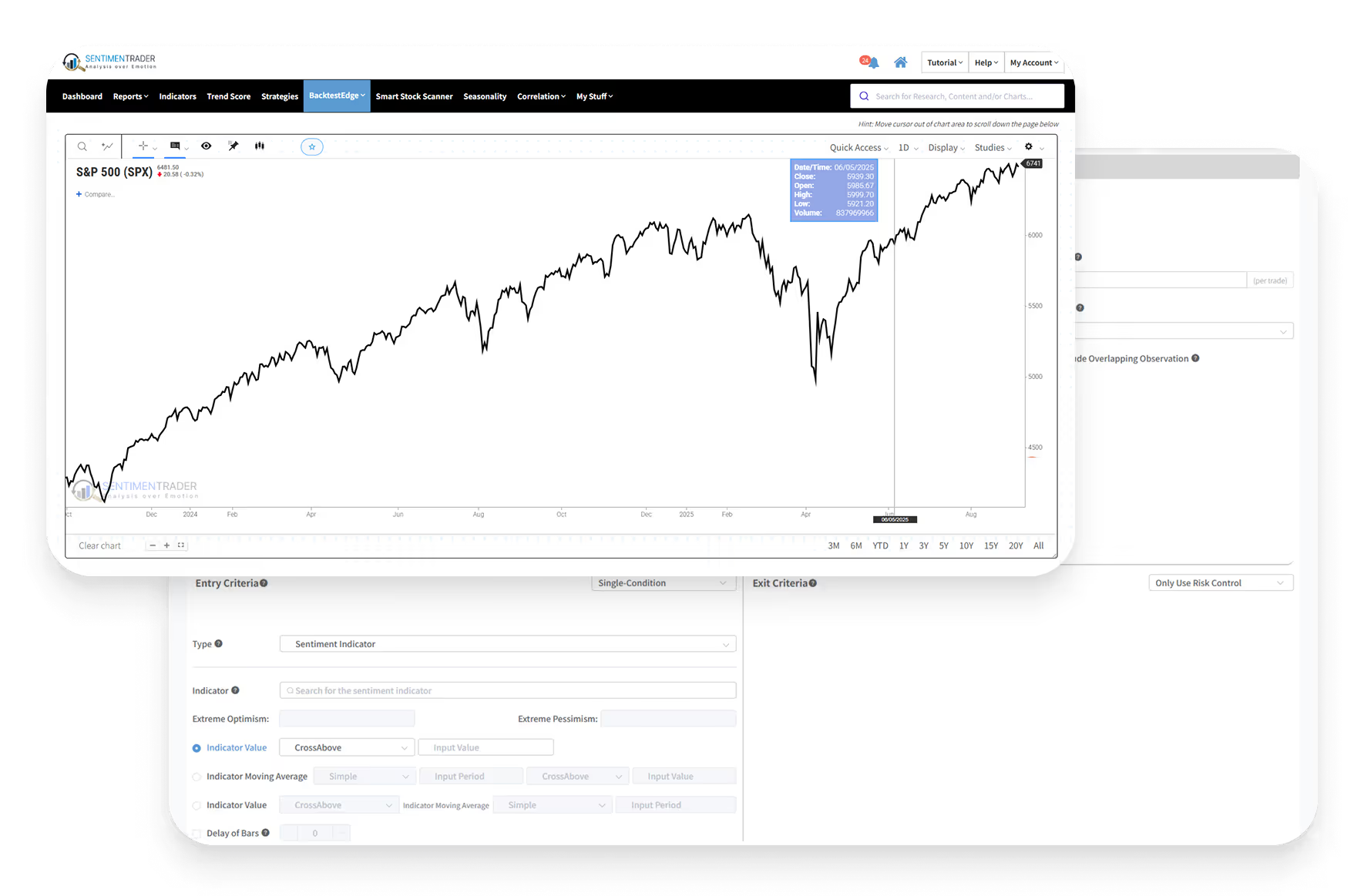Linear Regression Forecast: A Statistical Lens on Future Price Trends
Why Linear Regression Forecast Matters
Markets often fluctuate around a central trend, and traders need tools that clarify where price should be based on its past behavior. Linear Regression Forecast transforms statistical regression into a visual tool that projects price trends forward — giving a data-driven view of potential continuation or deviation.
Clarity: Smooths noisy price data into a clean, statistically fitted trendline.
Forecasting insight: Projects the trend forward X bars, helping spot potential continuation zones.
Adaptability: Can include optional smoothing and deviation bands, working across timeframes and asset types.
How Traders Use Linear Regression Forecast
Trend tracking: The main LRF line acts like a dynamic trendline, showing the direction and rate of price change.
Forecast projection: Traders can set a forecast period (e.g., 5 bars ahead) to visualize where the regression line is expected to move next.
Deviation zones: Optional standard deviation bands highlight when prices are unusually high or low relative to the projected trend.
The Technical Bit
Calculation and components
The Linear Regression Forecast builds on the basic linear equation:
y = mx + b
Where:
The indicator calculates the regression line that best fits price data over a specified lookback period (e.g., 14 bars) using the least squares method.
On each new bar, it then projects this line forward by F bars (the user-defined forecast period, e.g., 5 bars) and plots that projected value. The result is a continuous, adaptive line showing where the trend is statistically expected to be F bars ahead.
Quick note on Least Squares: This statistical technique finds the line that minimizes the sum of squared differences between actual and predicted values — ensuring the best fit for trend estimation.
What This Means for Traders
Linear Regression Forecast turns a classic statistical concept into a trading tool — quantifying trend direction and projecting its path forward. It helps traders visualize expected price zones and measure how far current prices have wandered from the trend.
Still, LRF is not a crystal ball. It assumes linear relationships and can struggle in volatile or sideways markets where price swings are non-linear. That’s why traders often combine it with indicators from other categories — for example, RSI (Momentum) to gauge short-term strength or exhaustion, OBV (Volume) to confirm participation, or Bollinger Bands (Volatility) to assess whether prices are stretched beyond normal ranges.
When used together, these indicators offer a statistically grounded view of whether price is following its expected path or deviating from it significantly.



